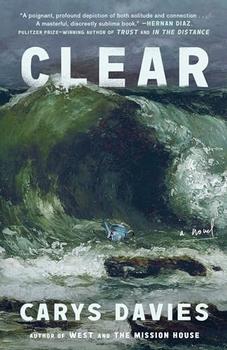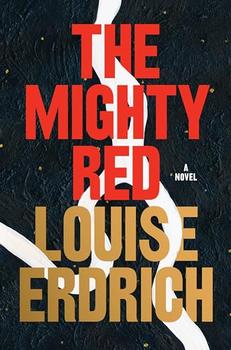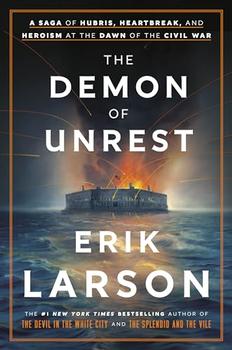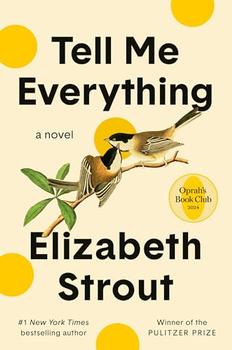(6/6/2012)
from an uncorrected proof
Albert of Adelaide is the first novel by Howard L. Anderson. Albert is a platypus who, sick of his imprisonment there, has escaped from the zoo at Adelaide, and has taken the train to Tennant Creek in search of the “old Australia”, a land of liberty, promise and peace that the other animals in the zoo kept whispering about. Albert is hoping to find a world like that of his childhood in the muddy banks of the river Murray, or at least, something that’s better than Adelaide: what he finds is a very long way from those expectations. Albert seems innocent and a bit naïve, but he turns out to be not entirely helpless, especially when someone makes him angry. Whilst he chances upon some generous friends, Albert also encounters ignorance and prejudice (he’s not a marsupial!), and soon finds he is a platypus with a price on his head, wanted for arson and cheating at two-up. Anderson gives the reader a rich cast of characters: an insane possum, a wallaby with megalomaniacal tendencies, a pair of alcoholic bandicoots, an ex-champion wrestling Tasmanian Devil, a singing pyromaniac wombat, marsupials playing two-up, one kangaroo working as a bartender and another as (fittingly) a bouncer, a surprising snake, several dingoes with deceptive qualities and a gun-happy foreigner in red long-johns with a black eye mask. And it seems they are all armed: pistols, rifles, an Enfield carbine, knives, rockets, a cannon, shotguns, muskets, and swords all feature. Anderson’s very original plot includes fires, highway robbery, bribery, betrayal, ambush and more than one battle. He gives his characters some wise words that will have the reader thinking about loyalty, mateship, justifying one’s actions and just how far one would go for a friend. I loved Albert’s thoughts on being lost. I was interested to see how Anderson, a resident of New Mexico, USA, would acquit himself with a story filled with Australian native animals: I was very impressed with the result. I laughed a lot, I cried, and I heaved a sigh of satisfaction at the end of the book (although I would love to read more of Albert’s adventures). A captivating tale.



